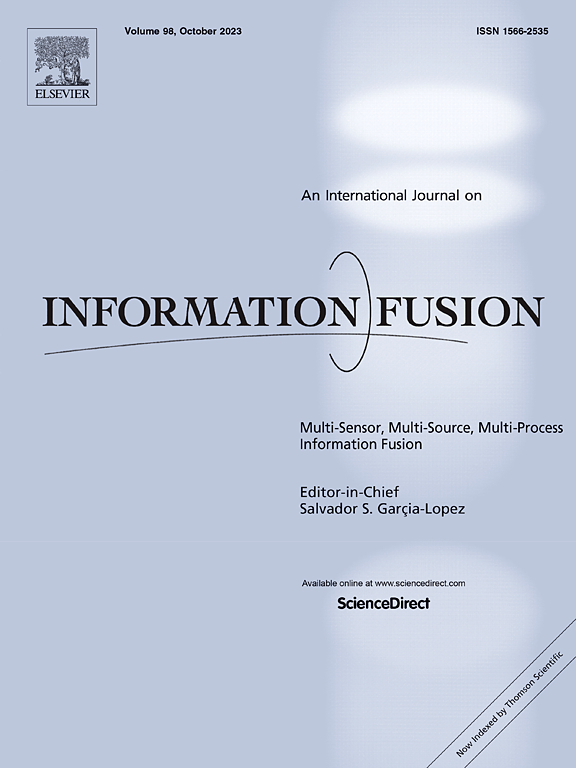METC: A Hybrid Deep Learning Framework for Cross-Network Encrypted DNS over HTTPS Traffic Detection and Tunnel Identification
IF 14.7
1区 计算机科学
Q1 COMPUTER SCIENCE, ARTIFICIAL INTELLIGENCE
引用次数: 0
Abstract
With the widespread adoption of DNS over HTTPS (DoH), network privacy and security have significantly improved, but detecting encrypted DoH traffic remains challenging, especially in heterogeneous environments. Existing research primarily focuses on desktops, neglecting mobile-specific detection.
To address this gap, we propose METC, a multi-stage hybrid learning framework for encrypted DoH traffic detection. We develop a mobile traffic collection tool supporting IPv6 and real-time inference and release the first mobile DoH dataset, comprising 38.21 GB of data.
METC integrates Convolutional Neural Networks (CNNs), Bidirectional Gated Recurrent Units (BiGRUs), and multi-head attention mechanisms, effectively capturing local traffic patterns, temporal dependencies, and key features to enhance cross-network generalization. Our CNN-BiGRU-Attention model achieves an F1-score of 97.34% in mobile DoH detection and 99.96%, 95.99%, and 94.65% in DoH-based tunnel traffic identification across three datasets. Additionally, it accurately identifies 10 tunneling tools, outperforming XGBoost in cross-network scenarios.
In summary, METC offers an innovative and efficient solution for encrypted DoH traffic detection and tunnel identification, advancing deep learning applications in network security.
METC:基于HTTPS流量检测和隧道识别的跨网络加密DNS混合深度学习框架
随着DNS over HTTPS (DoH)的广泛采用,网络隐私和安全性得到了显著改善,但检测加密的DoH流量仍然具有挑战性,特别是在异构环境中。现有的研究主要集中在台式机上,忽视了针对移动设备的检测。为了解决这一差距,我们提出了METC,一种用于加密DoH流量检测的多阶段混合学习框架。我们开发了一个支持IPv6和实时推理的移动流量采集工具,并发布了第一个包含38.21 GB数据的移动DoH数据集。METC集成了卷积神经网络(cnn)、双向门控循环单元(BiGRUs)和多头注意机制,有效捕获本地流量模式、时间依赖性和关键特征,以增强跨网络泛化。我们的CNN-BiGRU-Attention模型在移动DoH检测上的f1得分为97.34%,在基于DoH的隧道流量识别上的f1得分为99.96%、95.99%和94.65%。此外,它可以准确识别10种隧道工具,在跨网络场景中优于XGBoost。综上所述,METC为加密DoH流量检测和隧道识别提供了创新高效的解决方案,推动了深度学习在网络安全领域的应用。
本文章由计算机程序翻译,如有差异,请以英文原文为准。
求助全文
约1分钟内获得全文
求助全文
来源期刊

Information Fusion
工程技术-计算机:理论方法
CiteScore
33.20
自引率
4.30%
发文量
161
审稿时长
7.9 months
期刊介绍:
Information Fusion serves as a central platform for showcasing advancements in multi-sensor, multi-source, multi-process information fusion, fostering collaboration among diverse disciplines driving its progress. It is the leading outlet for sharing research and development in this field, focusing on architectures, algorithms, and applications. Papers dealing with fundamental theoretical analyses as well as those demonstrating their application to real-world problems will be welcome.
 求助内容:
求助内容: 应助结果提醒方式:
应助结果提醒方式:


